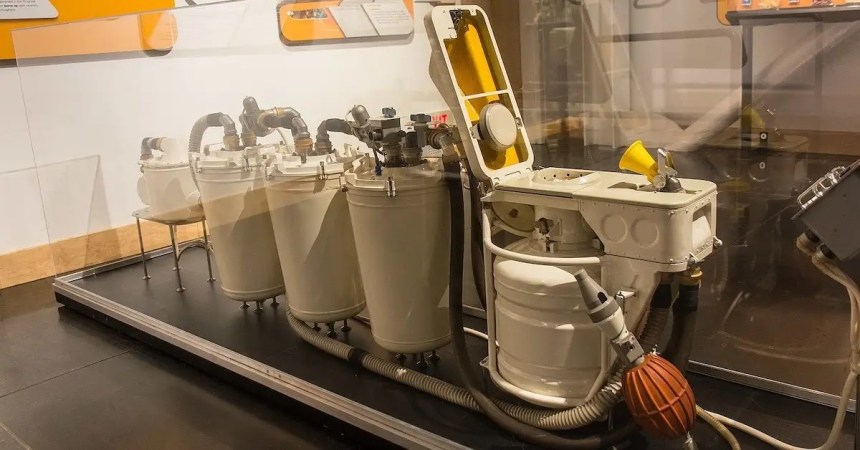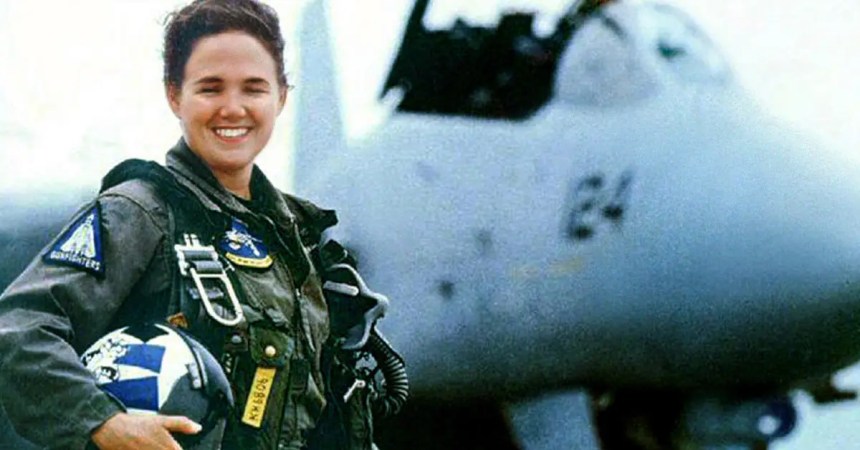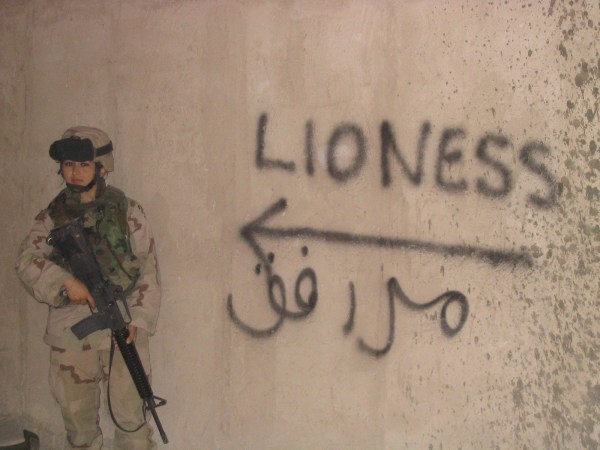
Dr. Randy Lovelace was a Harvard-educated flight surgeon with the U.S. Army who became a pioneer in aeromedicine and aviation physiology — particularly with the issues surrounding high-altitude flight. He was instrumental in developing the first oxygen masks and other adaptive equipment that allowed aviators to survive in low space.
In 1940 Lovelace met Jackie Cochran, a record-holding air racer who petitioned First Lady Eleanor Roosevelt to use women as pilots on the homefront in a variety of non-combat missions. That idea turned into the Women’s Airforce Service Pilots, better known as “WASPs,” during World War II. These female aviators served in crucial roles — test pilots, ferry pilots and maintenance check pilots — that freed up more male pilots to fight the battles that were raging across the globe. A few years later Cochran, by virtue of her friendship with Chuck Yeager, became the first woman to break the sound barrier. After that, she became the first woman to land an airplane on an aircraft carrier.
So when NASA started fielding candidates for what would eventually become the Mercury 7 astronauts, Lovelace and Cochran started a parallel effort that mirrored NASA’s rigorous testing — doable because Lovelace was a key player in designing the official program for the space agency. Along the way they asked another record-breaking female aviator, Jerrie Cobb, to join the effort. The three of them scrubbed the veteran WASP community — a population of over 700 pilots — and came up with 13 qualified females willing and able to go through their NASA-like testing.

Cobb dubbed the group “Fellow Lady Astronaut Trainees” or “FLATs.” The 13 went through a series of stressful evaluations designed to see if they could hold up under the conditions in space. Ice water was injected into their ears to induce vertigo. Painful electric shocks were administered to test reflexes. Weighted stationary bicycles were used to rapidly push candidates to exhaustion. And that was just Phase I of the testing.
All 13 of the women passed Phase I, but because of family and job commitments, only three of them — Jerrie Cobb, Rhea Hurrle, and Wally Funk — were able to travel to Oklahoma City for Phase II. Phase II involved psychological evaluations — including one that had them sit in an isolation tank for an extended period. All three woman passed.
After Jerrie Cobb passed Phase III, which included actual flights in military jet aircraft, the rest of the FLATs were invited to follow suit. But before they could gather at Naval Air Station Pensacola, the designated location, U.S. Navy officials at the base sent a telegram to the candidates that informed them that support for the project had been withdrawn because the request hadn’t come through NASA channels.
That ruling infuriated Cobb, and in 1962 she flew to Washington, D.C., to petition lawmakers to make the FLATs program an official part of NASA. Her efforts led to Rep. Victor Anfuso, R-NY, convening public hearings before a special Subcommittee of the House Committee on Science and Astronautics. Cobb’s testimony introduced gender discrimination into the Hill’s conversation well before the Civil Right Act of 1964 made it illegal.
But the way forward for the FLATs was plagued by infighting among the principals more than unresponsive congressmen. Jackie Cochran, of all people, sensing she was losing clout among her peers, testified that setting up a special program to help women would hurt NASA. Cochran’s negative view was multiplied by the opinions of a handful of Mercury 7 astronauts, including John Glenn, who said that the absence of women in the program was “a fact of our social order.”
Glenn also pointed out that astronaut candidates were required to be graduates of one of the military’s test pilot schools, something women were not qualified to apply for in 1962, and NASA had already indicated it had no desire to waive the requirement by giving females credit for the massive amount of flight experience they had — in some cases many more flight hours than the Mercury 7 selectees. Although some in congress were sympathetic to the FLATs’ plight, Cobb’s Capitol Hill visit didn’t result in any meaningful support.
Soviet cosmonaut Valentina Tereshkova became the first woman in space on June 16, 1963. In response, “Life” magazine published an article criticizing NASA and American decision makers. The article included photographs of all 13 FLATs, which made the entire group of women public for the first time.
NASA did not select any female astronaut candidates until 1978. Astronaut Sally Ride became the first American woman in space in 1983, and in 1995 Eileen Collins was the first woman to pilot the Space Shuttle. At Collins’ invitation, seven of the surviving FLATs attended her launch.
In 1995, while working on a film adaptation of the FLATs’ story, Hollywood producer James Cross coined the label “Mercury 13” for the FLATs. (Look for that title in a theater near you in the years to come.)










